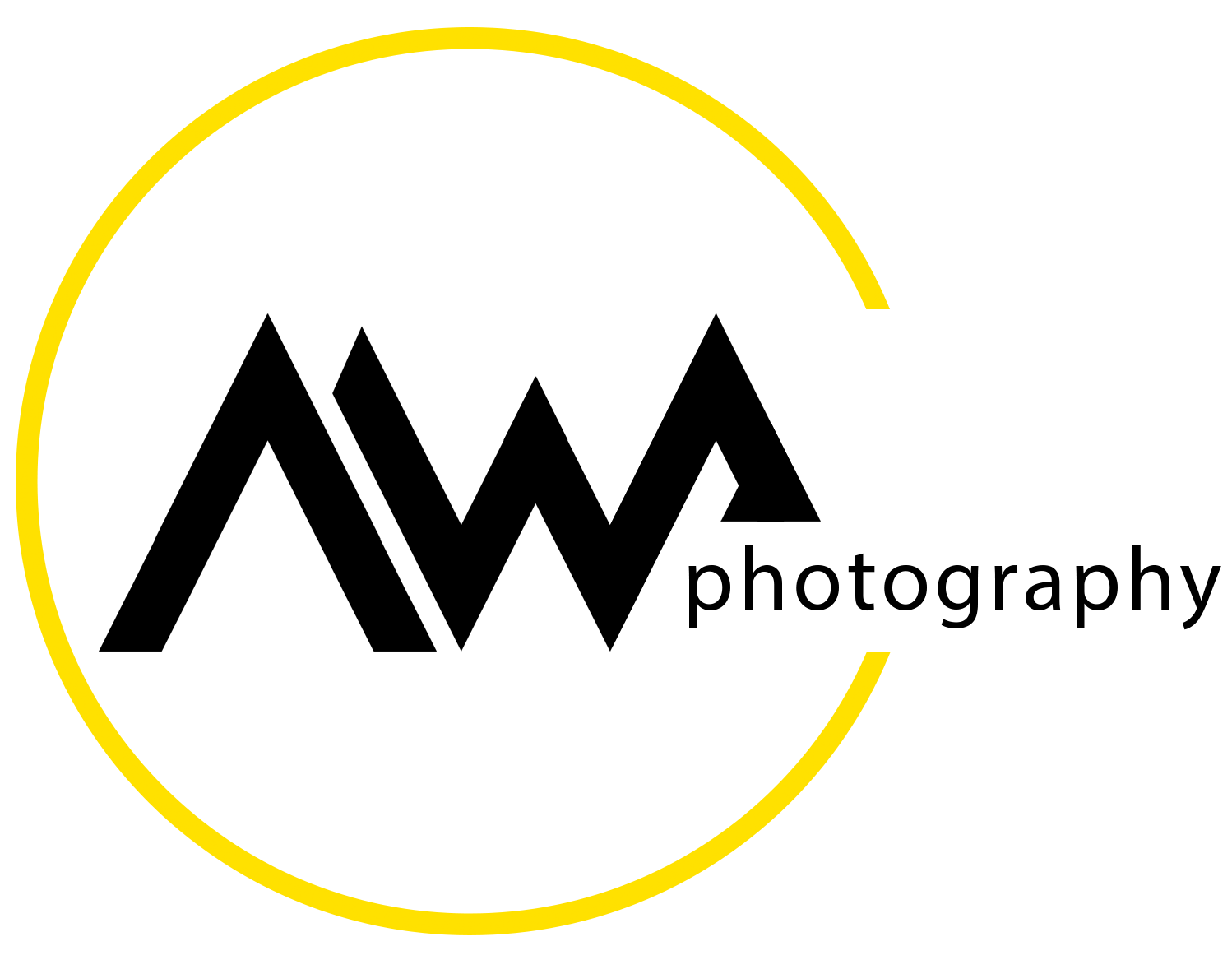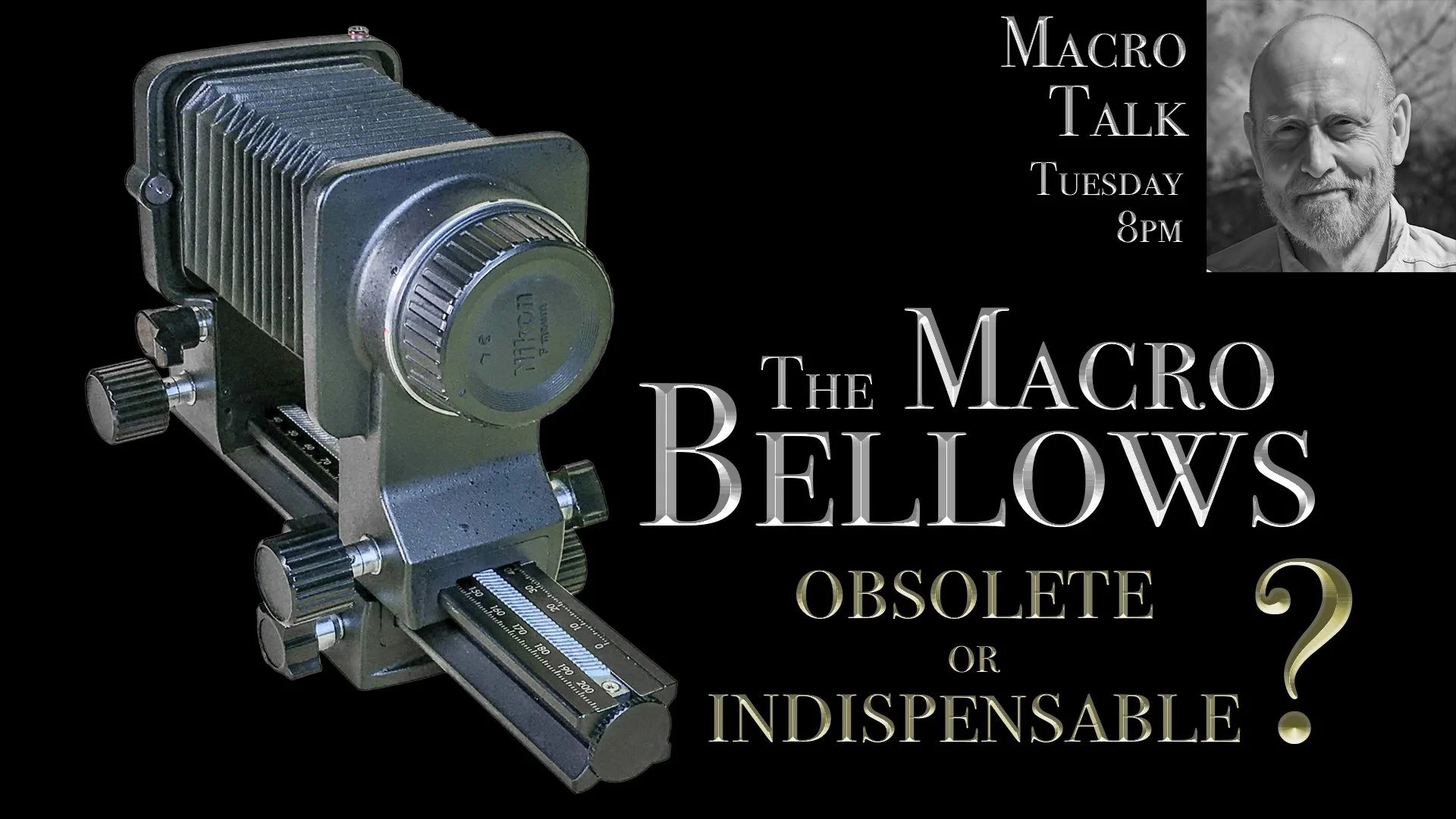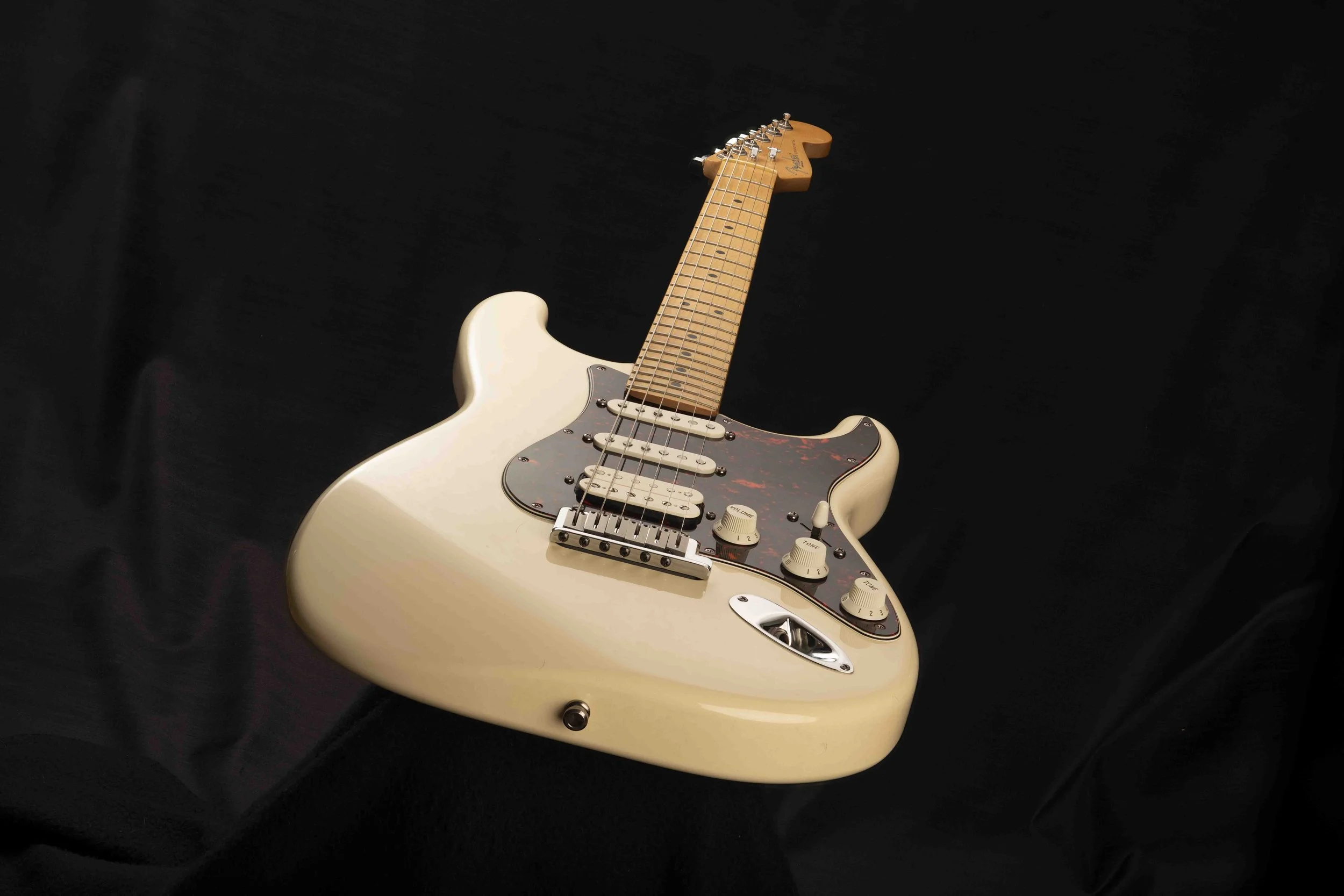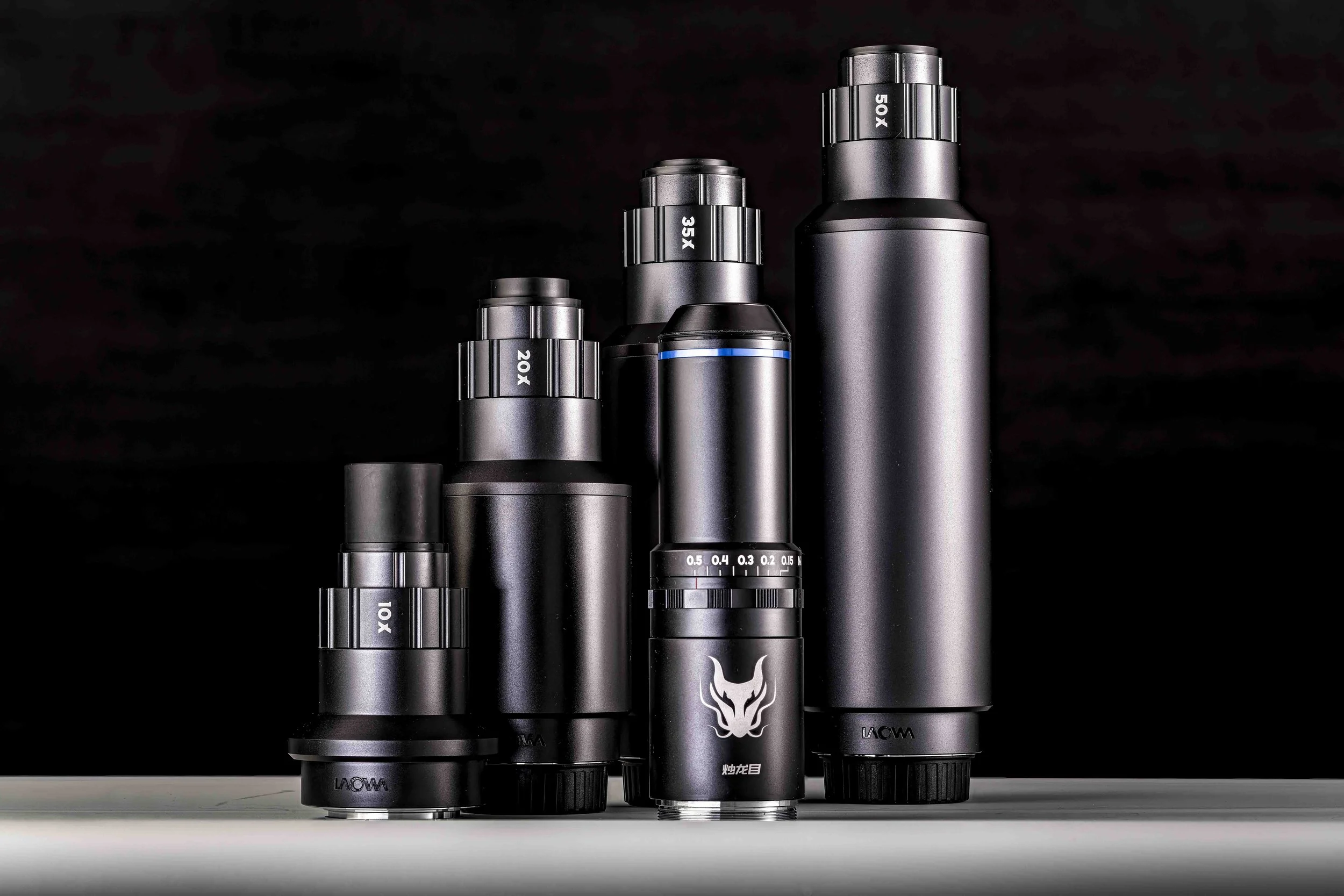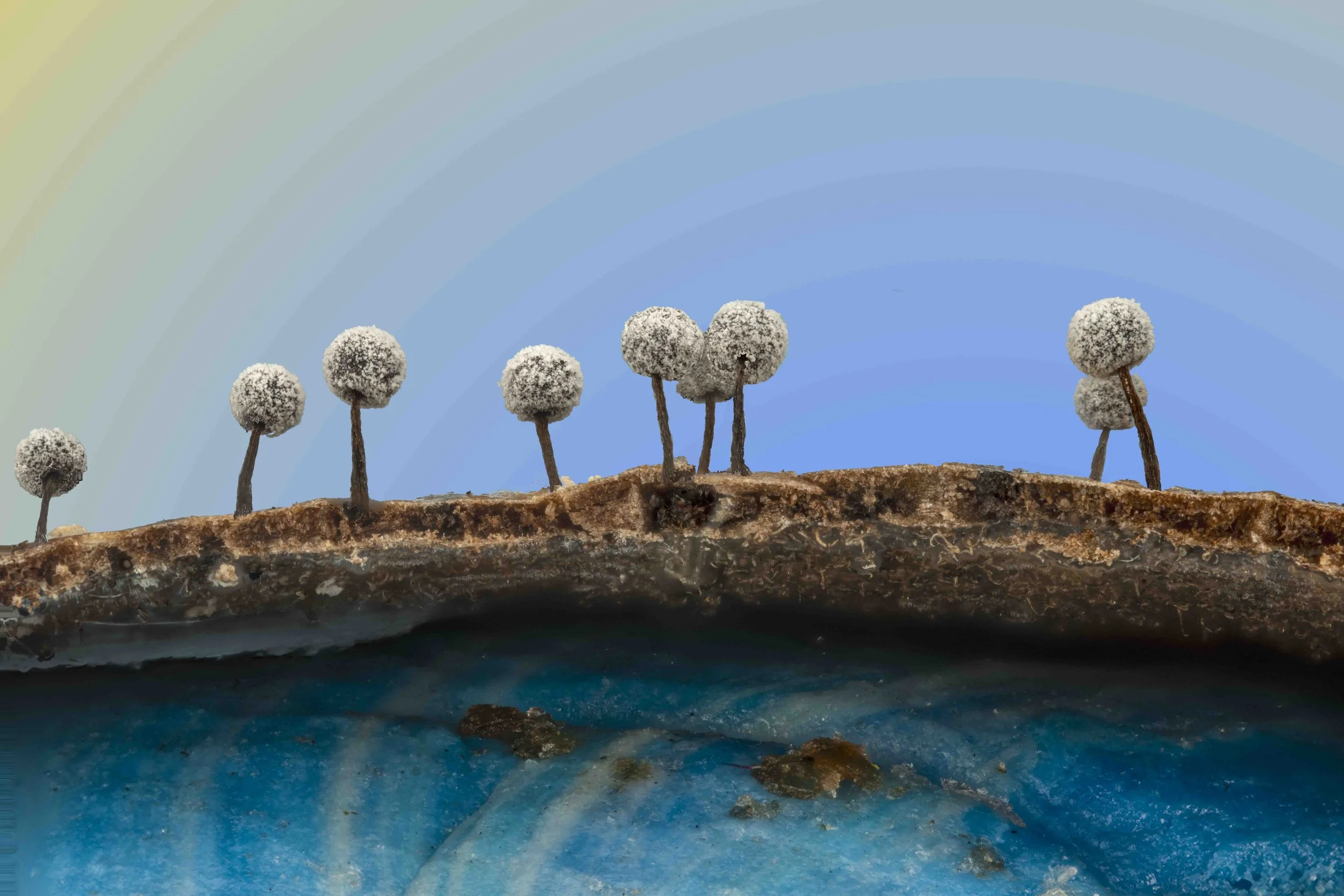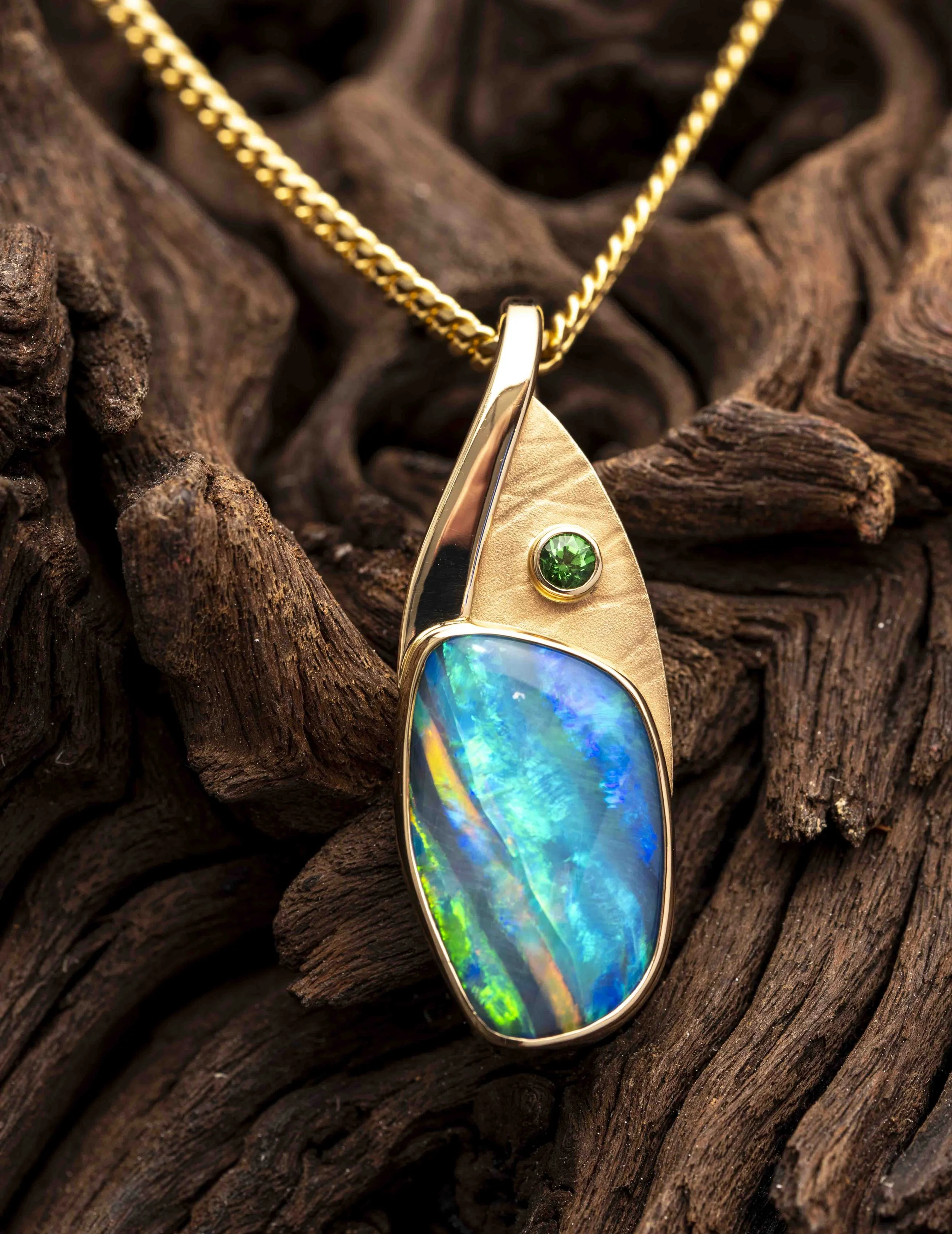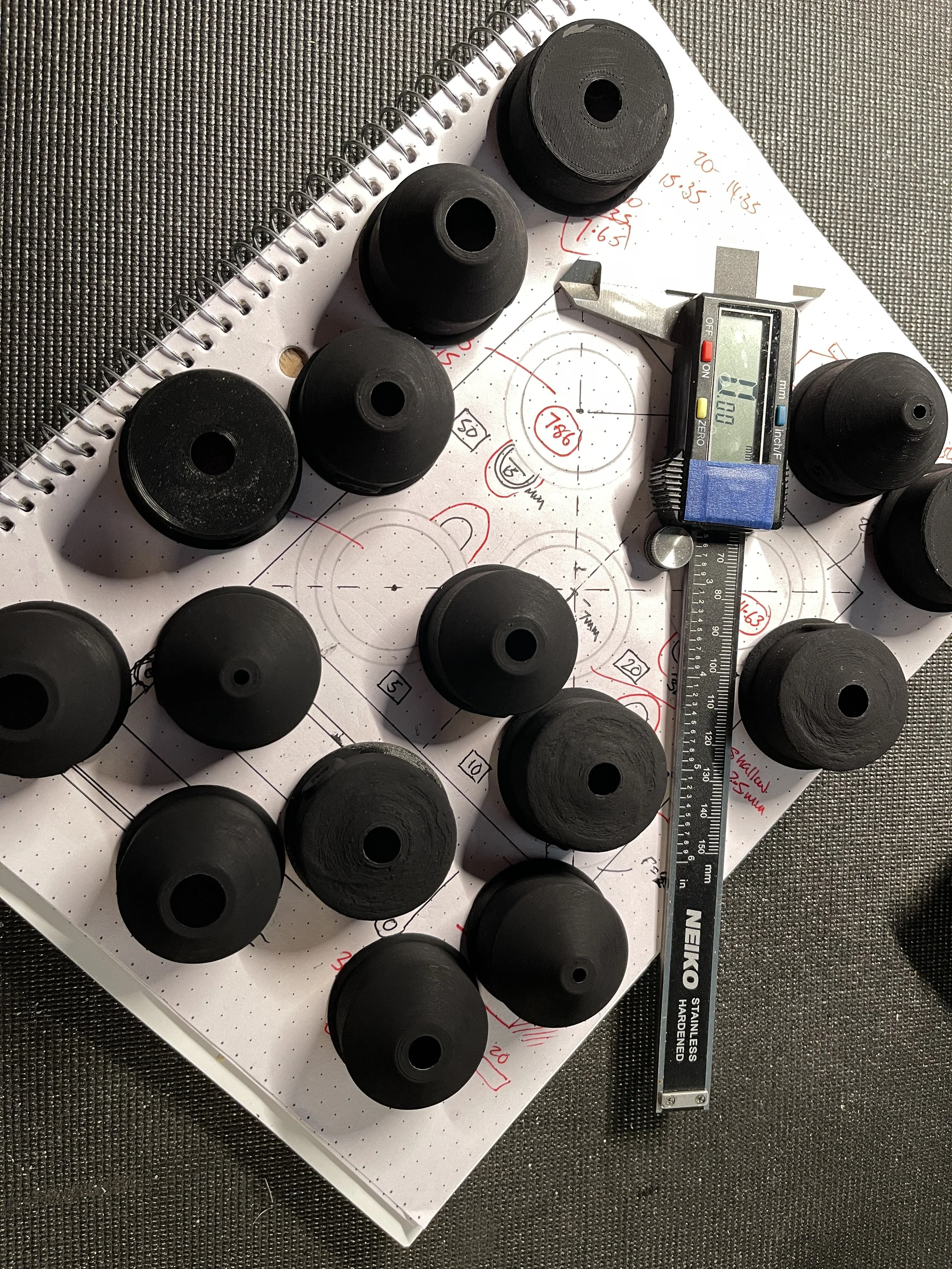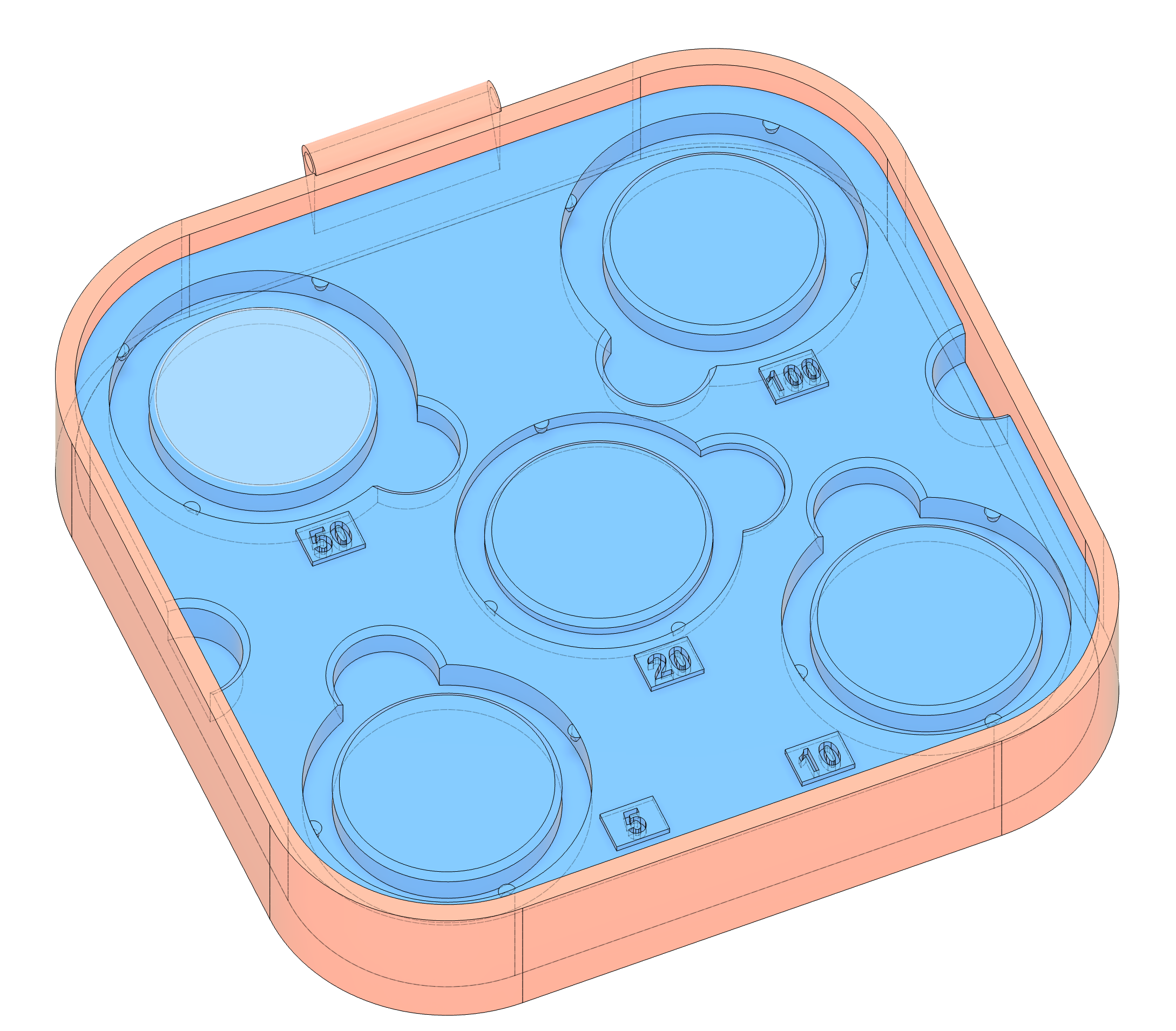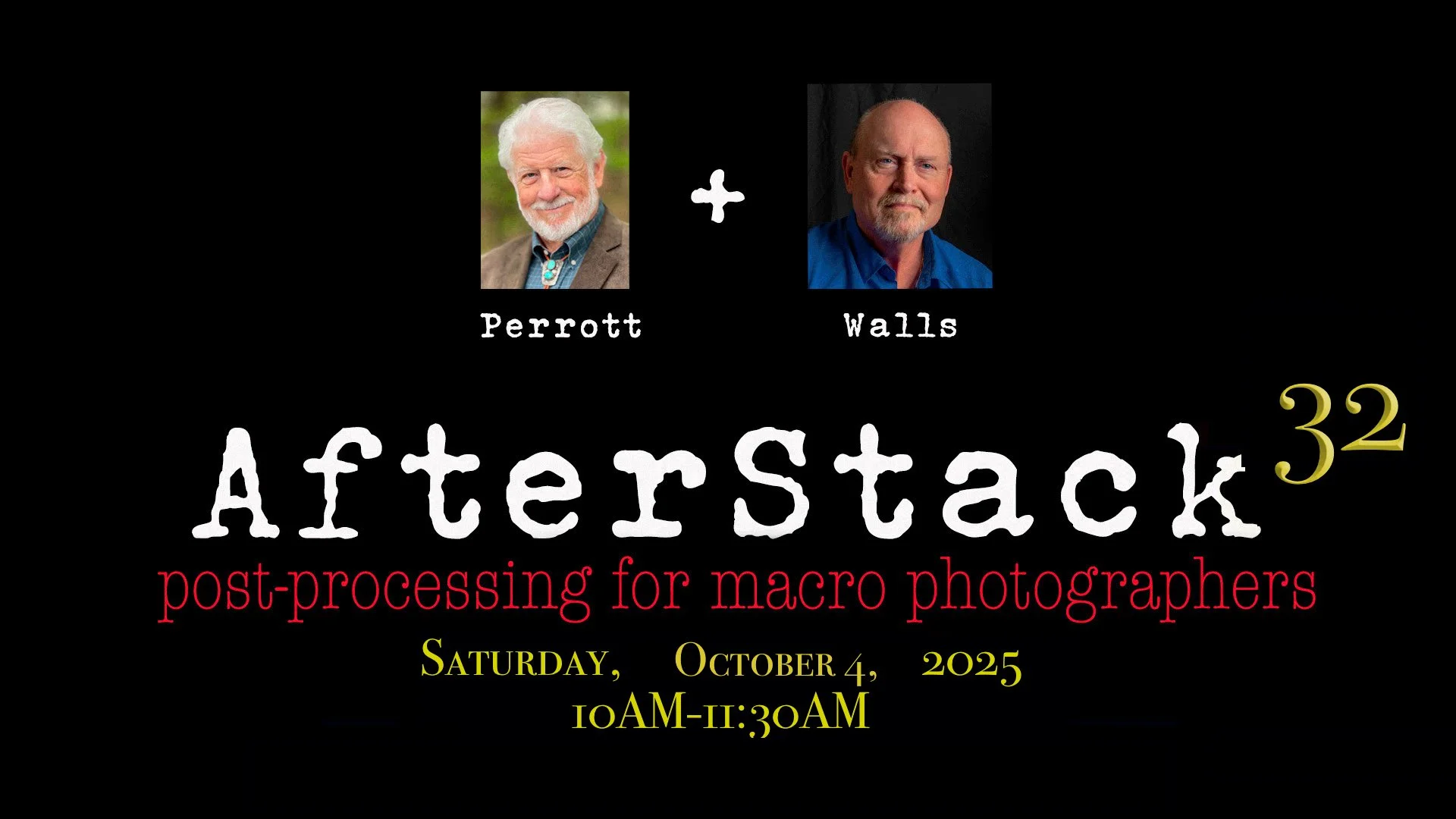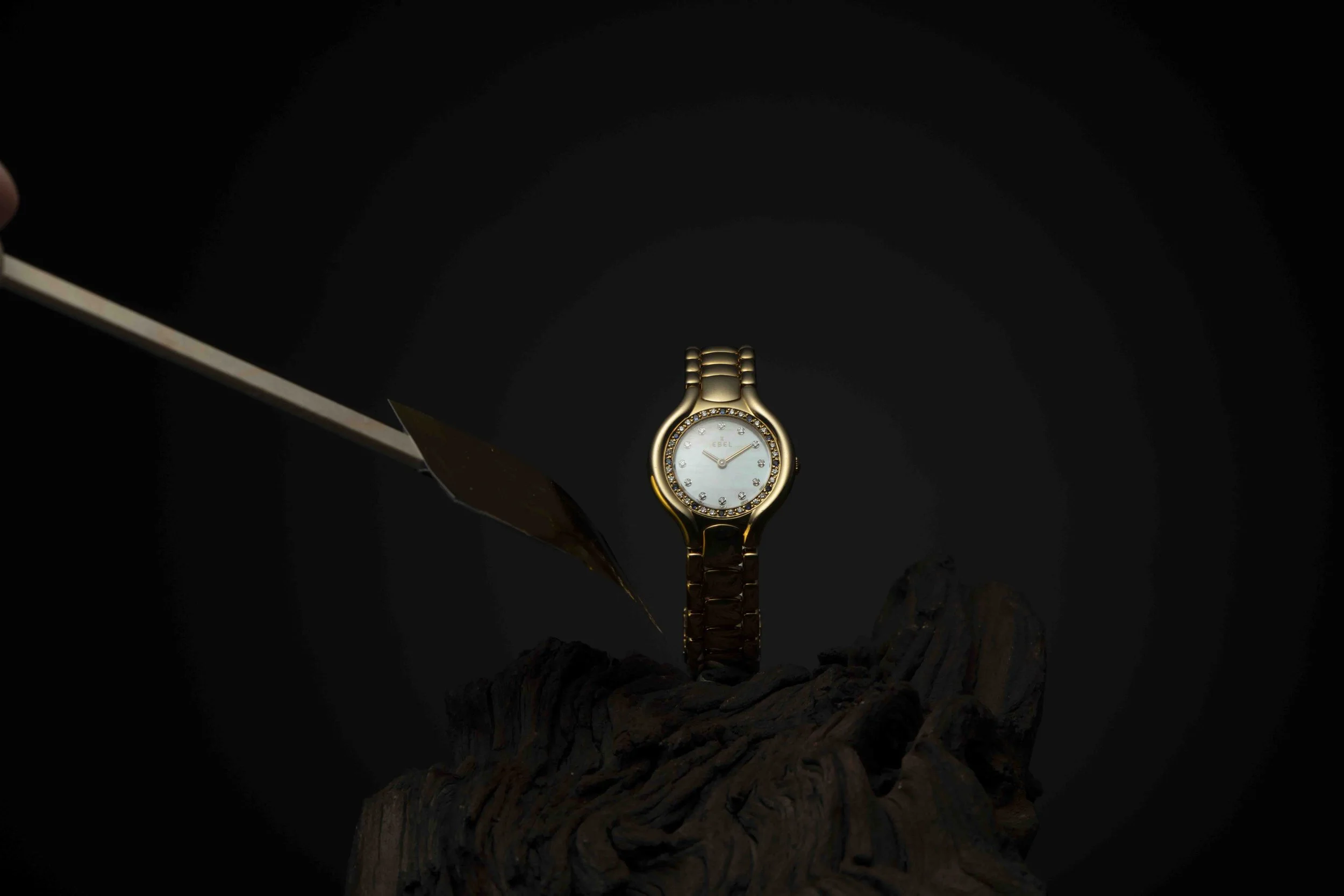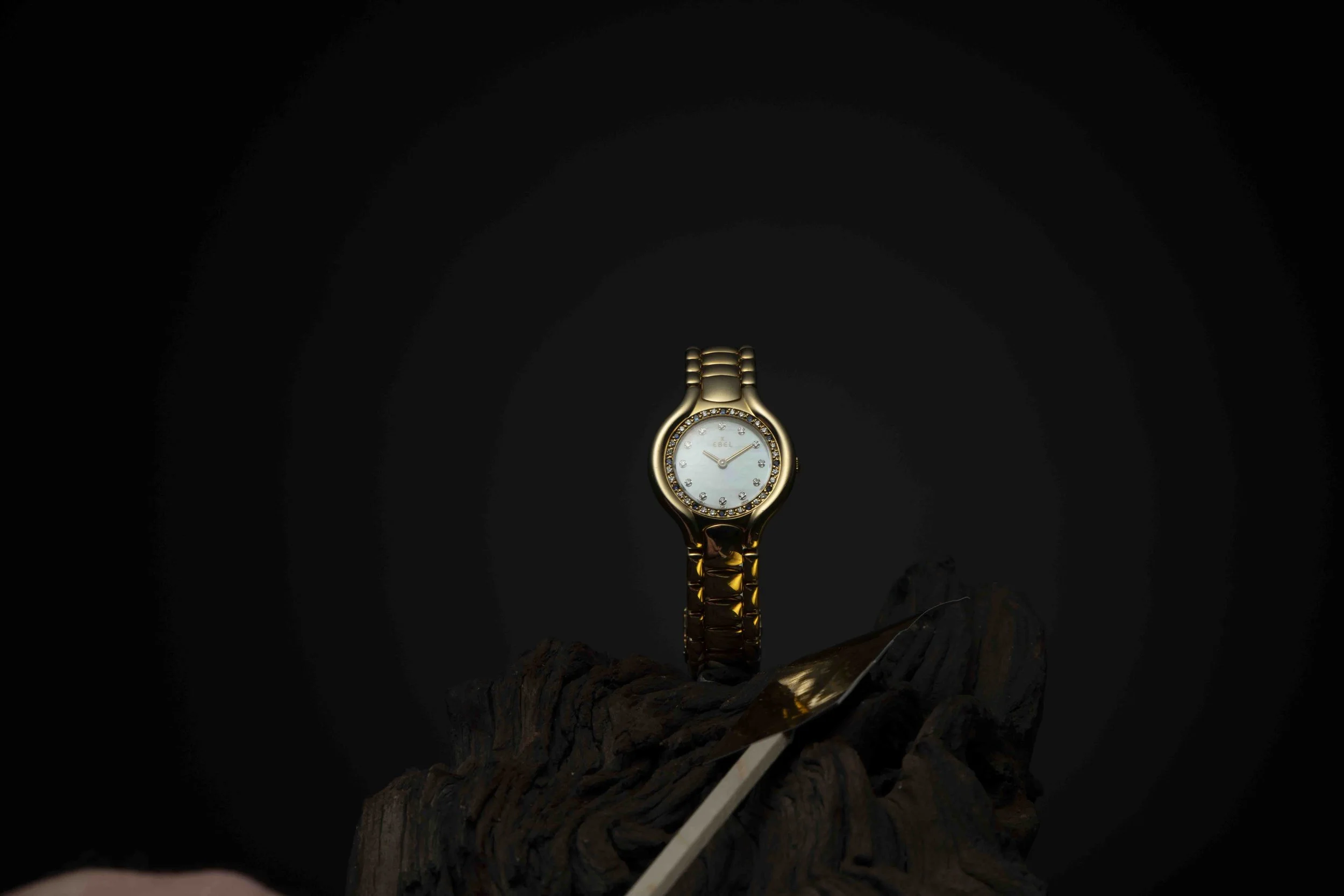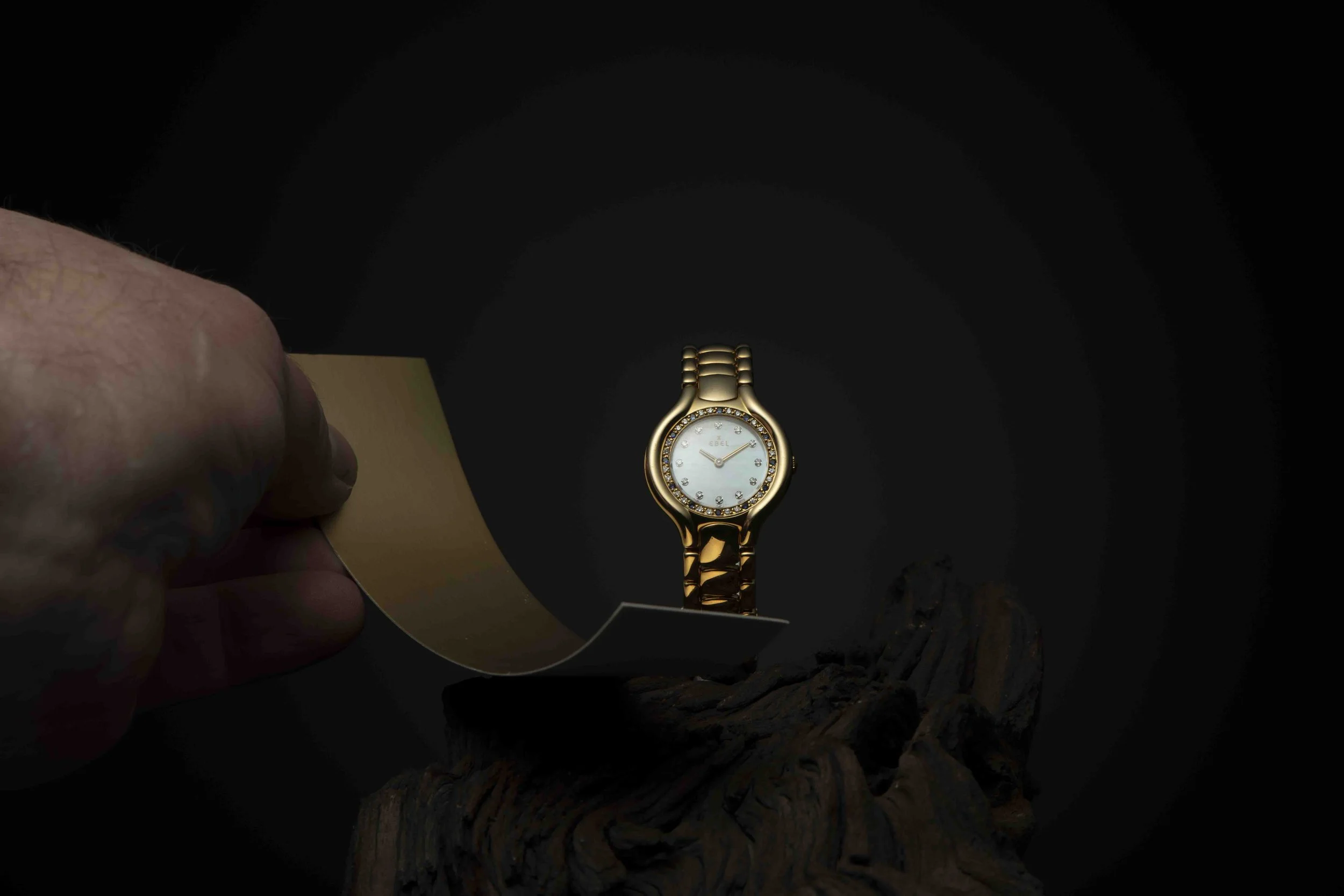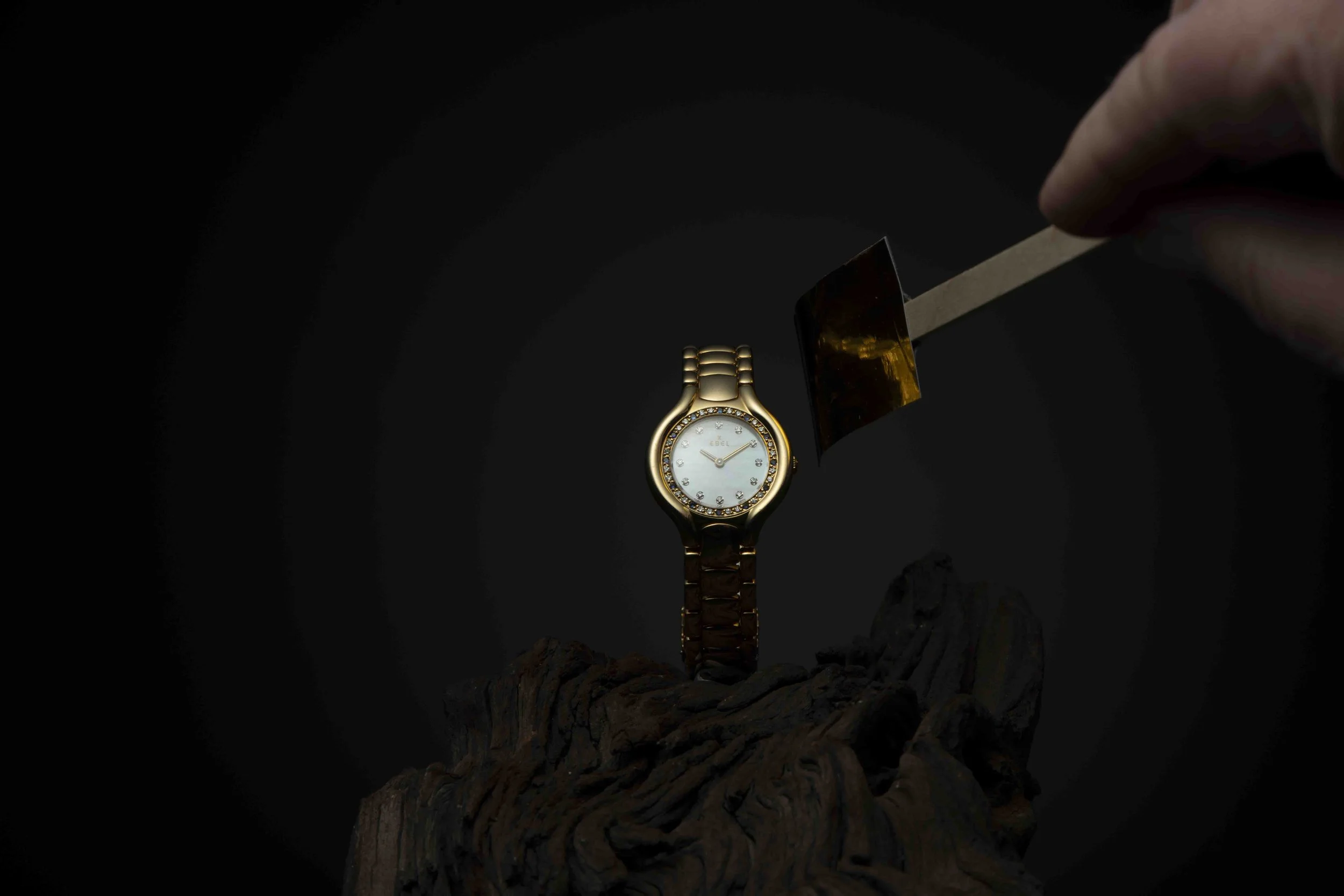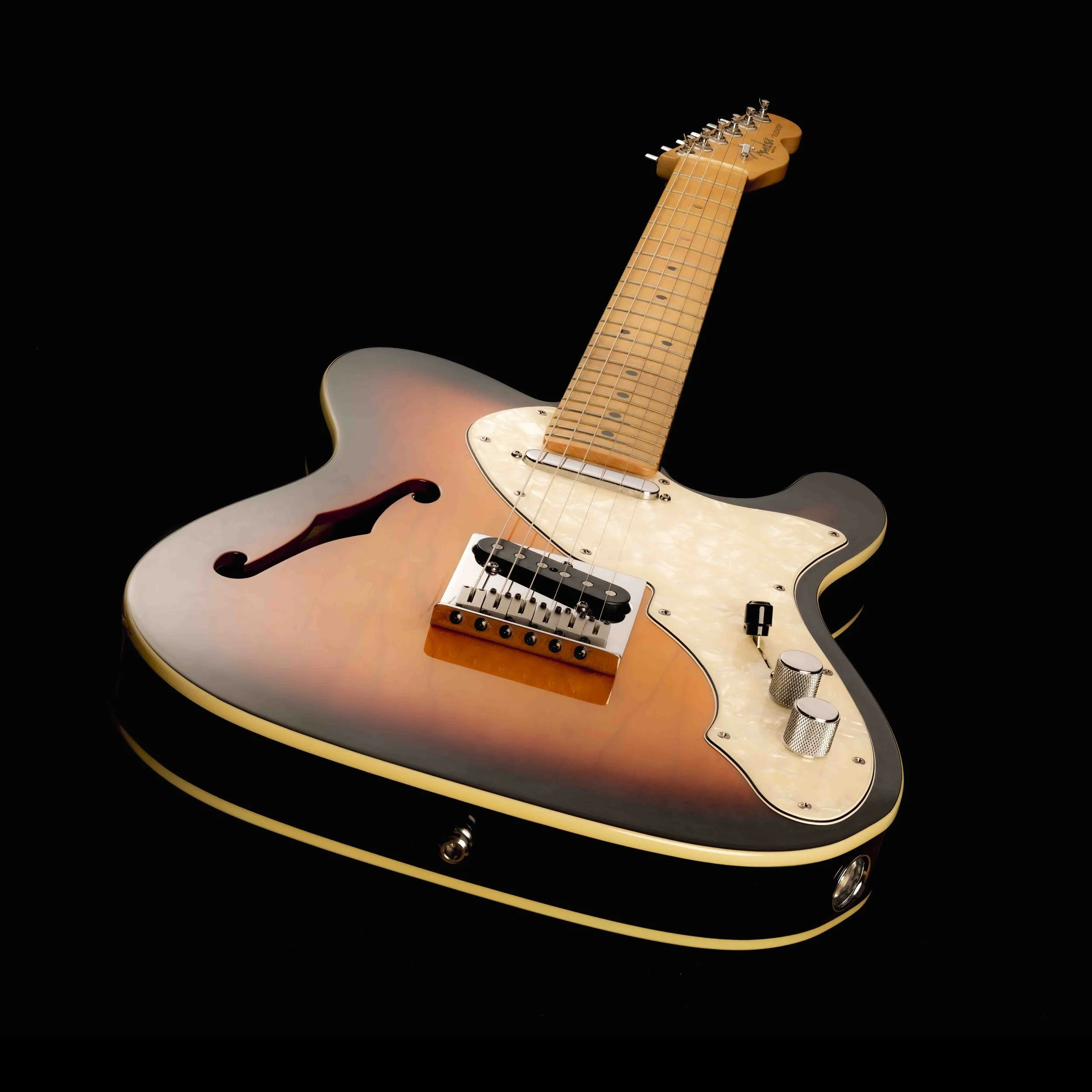Bellows, Bugs, and a Free Checklist!
/Greetings everyone!
A product photograph
It has been another busy weekend, with a competition to judge and a results video to record and edit, but I loved every moment of it. Working on the “Product Photography” competition with Graham Carey was a clear highlight. He is a thoughtful and fair judge who calls it as he sees it while remaining generous and gentle in his balanced and constructive criticism. My channel and I are most grateful to Graham for his hard work and constant enthusiasm during this process. I should add that I cornered Graham and asked him to do this, but it does not have to happen that way! If you would like to join me as guest judge in an upcoming competition, you are invited to come forward and let me know. If you have been around macro photography for a while, or have experience judging competitions like this, and would like to spend a day or so looking at and talking about macro photographs with me - let me know and I will be in touch.
Congratulations to the winner of this month’s competition, and to everyone who entered. If you want to know who that might be, watch the results video, released earlier today. You can watch it over on YouTube by following this link … https://youtu.be/eBTz2HBWWUY
Another product photograph
In retrospect, this topic, product photography, was one of the hardest assignments I have given for this competition. Product photography is a fairly unique discipline for a couple of reasons - firstly, it is absolutely unforgiving when it comes to accuracy and fidelity in your depiction of the product. Next, it demands that you have mastered the art of telling a story through images alone. Then it requires you to tell that story, without ambiguity or uncertainty, so that the product is the undisputed hero of the tale, and something that the viewer of the image will be drawn to and moved by. Remember that the product photograph exists for one reason - to influence the purchasing decisions of those who see your image. It is probably true that most casual viewers will not notice a slight softening in part of an image, or some noise in the darker parts of the composition. They may not be able to point out that the horizon is tilted this way, or that. But they will notice that there is something not quite right with the image. One doesn’t need to be a photo-critic to feel that something is off in an image, and that feeling is all it takes to leave the potential customer with doubts about the product.
And another
In this most recent competition, the task was to produce an image of a product of your choosing in such a way that viewers of the image would form an emotional connection to the item - they would want to have one. As I looked at the entries it quickly became apparent that I had failed to make this as clear as I should have. There were a number of issues that came up over and over again, some of which were related to technical photographic missteps, but most of which were a result of confusion over the prime directive of the product photograph. So I thought it might be useful to summarize the key points that came out of this exercise and provide some guidance to those who may feel the urge to enter a competition with a similar theme in the future.
So here we go - a checklist for the next product photo competition you want to enter (and win!).
PRODUCT PHOTOGRAPHY CHECKLIST
A Checklist for Non-product Photographers (or how to win a product photography competition)
This is a checklist for “studio” based product photography. It is only a partial list drawn from personal experience and from evaluating the work of students of photography. Some of this also pertains to other disciplines of studio still life photography but most is specific to this kind of work.
When faced with entering a competition like this, think hard about your subject and make sure you can answer all these questions in the affirmative:
1) Is it absolutely crystal clear what my subject is - can an ordinary person look at the object and know what it is?
2) if not, can I tell my viewer what they are looking at in one or two words?
3) can I make this object look desirable?
4) when someone looks at my product image will they have enough information to track down and buy the item?
When you have a promising subject/product lined up, you may proceed …
1) Product Selection -
a) Select a subject that is, at least, potentially desirable to a broad range of people (not a tube of hemorrhoidal ointment, for example)
b) Select a subject that can be identified clearly and unambiguously from the photograph you will take (e.g. a camera body with “Sony” and “A9” visible)
c) Select a subject that is produced in sufficient quantity to justify the expense of an advertising campaign and expensive product photography (avoid unique items unless they are widely accepted as representative of a class of products)
d) Select a subject that is less demanding to photography (avoid glass and polished metal, favor simple geometry and matt finishes)
2) Product Preparation and Staging
a) Clean the product, then clean it again. Repeat until it is devoid of fingerprints, dust, or blemishes. Examine under a magnifying glass or microscope and repeat cleaning if needed.
b) Remove cellophane of packing materials from all surfaces
c) Use lint-free cotton gloves to clean and stage product
d) Take product out of its package - packaging may be shown in the image if it is recognizable, unusually attractive or noteworthy, or is symbolic of brand
e) Labels must be straight, unstained, not peeling, symmetrically positioned - soak, remove, and replace if needed
3) Product Positioning
a) With rare exception, use a background that is neutral and unlikely to compete with the product for viewer interest
b) If the brand or model number of the item are visible on the product, position the subject such that this can be clearly seen
c) Position the product so that all of it will be visible in the frame
d) If the product is in a bottle and the bottle is translucent, position it in such a way that it can be transilluminated to reveal contents
e) If the product will be accompanied but a prop, make sure the product is positioned dominantly and the prop is positioned realistically in relation to the product. The prop should not compete with the product
f) Backgrounds may be contextual but must never draw attention away from the product
4) The Photograph
a) Use lowest ISO available (usually base-native - 80 to 200 for most sensors) and avoid extended ISO settings
b) You control the light - use the highest quality continuous or flash lighting that you can afford, avoiding mixed sources
c) Use the amount of light needed to keep the ISO at base and shutter speed fast enough to avoid any motion artifact
d) Always use a color/gray card to ensure color accuracy in post-production - do not guess at color
e) Set up lighting carefully and deliberately, using position, distance and diffusion to avoid specular highlights, unwanted shadows
f) Build up lighting one source at a time, using test frames to ensure desired effect
g) Focus accurately - do not hesitate to use focus stacking or tilt/shift lens manipulation if required
h) Use only the best prime lens you have, at the correct focal length for the desired effect
i) Inspect and clean your sensor if needed
j) Use only your sturdiest camera stand or tripod
k) Avoid crowding the frame and leave room for adding script in post
l) Trust your histogram and shoot for the center of the curve - reject images with clipping
m) When focus stacking, use the correct method based on subject size (lens helicoid for larger subjects etc.)
n) Always take a few frames of the background without the subject, but with the lighting precisely as it will be for the final image
o) Take more shots than you think you will need
5) Post Production
a) Edit for the subject first
b) If script is required to clarify brand or model information, use the fewest words possible and a font that is product-suitable and clear
c) Position script carefully, avoiding peripheral or poorly balanced asymmetrical placement
d) Avoid adding shading blocks under script to increase contrast - shoot with script placement in mind
e) Use caution editing colors - use a calibrated screen and triple check the color accuracy of final image
f) Crop with care, but do not avoid cropping to balance final image if needed
g) Avoid compositing unless you are very good at it
That should be enough to go on. We could probably expand this list indefinitely, but this should cover most of the important stuff.
An important note to October’s contestants
I am presenting this list of tips after judging the photo competition for October, 2025. I am not doing it to be critical of any of this months entries and hope you will not take it that way. On the contrary, I am doing because I recognize how hard you all must have worked to produce these remarkable entries. If I am being critical of anything it is of my poor work in helping you prepare for this difficult challenge. I feel like I could have done much more to give you the tools required to rise to this occasion. I personally love product photography and the unusually rigorous challenges it offers. I also think it is some of the best training for all forms of closeup imaging and well worth the investment to learn. This is my attempt to make it a little easier for you to learn these skills and experience the same joy and excitement that I find in this unique and demanding corner of photography. If you want help, let me know and I will do what I can.
One last product shot
So with that done we should talk about the week to come.
My livestreams this week are not following a particular theme - they are subjects that have come up in conversation and strike me as interesting enough to warrant a closer look. On Tuesday, for example, I am going to revisit the bellows and come at it from a slightly different angle. This will be useful, I hope, for beginners and seasoned experts alike as I will start out by explaining when and why bellows is the best choice for extension. I will compare tube extension with bellows work and talk about the criteria I use to decide on which to use. Then I will talk about the different bellows available and how they compare in terms or features, durability, and cost. I will also discuss some of the less typical ways the bellows are used in modern photography, including rear-bellows focus and infinity focus calibration. Lastly I plan to demonstrate how to set up a bellows for internal lens mounting and show my setup for rear-bellows focus. I think it should be interesting and a lot of fun. You can join the livestream using this link - https://youtube.com/live/TgSTcPVXrB4?feature=share
On Thursday in Macro Talk Too, I am planning to do a 2025 update on the global insect market. With winter right around the corner, this is the time of year that many of us start to think about winter projects. Especially those of us who now live in places that have real winters. I have been looking around the various vendors and markets around the world and have seen some availability and pricing trends that I think are worth discussing. I will also give some updated recommendations on the vendors that I think will be most responsive to the insect photographer’s needs this winter. I will make one caveat concerning this discussion - I may have to delay it a little while if I do not get all the information that I am still waiting on. I don’t think I will need to postpone, but just wanted to alert you to the possibility. Either way, your link to the discussion is here … https://youtube.com/live/EpytPEaVlWQ?feature=share
Do you know what this photograph is of?
Saturday sees our first Pzoom of November, from 10AM until noon, and I already have a couple of items lined up. If you need time for an update or introduction, let me know through Patreon and I will sure to reserve your time. More information about the upcoming Pzoom can be found over on the Patreon website by visiting https://www,patreon.com/allanwallsphotography (which is also the place to go for more information on how to become part of our super-cool macro group).
An unusually gorgeous crystal
Don’t forget that the Crystal Art zoom gathering takes place next Friday, November 14th, 2025, at 2PM - I will post the invitation in next week’s blog post. The group is all about making and photographing incredible birefringent crystals and is free for anyone interested in attending. It is a lot of fun well worth a visit (IMHO)!
playing around with the bellows
Hope to see you at one of this week’s events!
